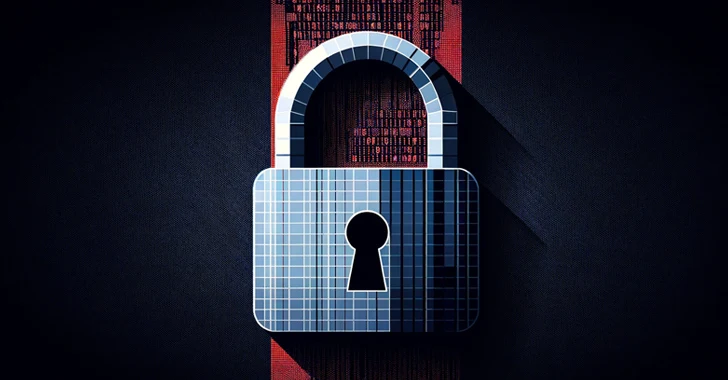After the Facebook data scandal, people have turned very cautious as regards protecting their personal data online. Twitter, it should be remembered, was also named as one of the companies that had sold users’ personal data to Cambridge Analytica. Now, Twitter has asked its users to change their passwords. This followed the discovery of a bug that has perhaps affected most Twitter users. Twitter Support had tweeted, on May 3- “We recently found a bug that stored passwords unmasked in an internal log. We fixed the bug and have no indication of a breach or misuse by anyone. As a precaution, consider changing your password on all services where you’ve used this password.”
A post on the Twitter blog explains everything about the bug; the post says- “We mask passwords through a process called hashing using a function known as bcrypt, which replaces the actual password with a random set of numbers and letters that are stored in Twitter’s system. This allows our systems to validate your account credentials without revealing your password. This is an industry standard…Due to a bug, passwords were written to an internal log before completing the hashing process. We found this error ourselves, removed the passwords, and are implementing plans to prevent this bug from happening again.”
Thus it has become really important that you change your Twitter password and protect yourself. At the same time, it has to be borne in mind that Twitter, or for that matter any of your social media accounts, is subjected to all kinds of cyber threats and hence you need to take special care in handling your accounts so as to protect your personal data.
Let’s take a look at how you can secure your Twitter account and protect it from being hacked:
Always create strong passwords
This is one of the basics as regards cyber security, on any online platform. You must always create passwords that are strong-passwords which are at least 10 characters long and contain a mix of upper case and lower case alphabets, numbers and non-alphanumerical characters. You should also keep in mind that you need to have a different password for every email account or social media account that you have and you should keep them stored only in a secure place.
Go for two-factor authentication
In the present context, it’s always wise to opt for two-factor authentication, for any kind of online account. Thus whenever there is an attempt to log in from a new device (even if it’s you), you’d get a code sent to your phone and you would be able to log in using that code. Two-factor authentication thus makes it all secure for you and saves you from different kinds of cyber threats as well.
Stay wary of phishing attacks
Phishing attacks are so common that today we all know what phishing is. Still, there are many people, including professionals with ample technical knowledge, who get tricked and thus fall victims to phishing attacks. Cyber criminals have turned so intelligent that they can even trick the cleverest of users into clicking on phishing links or download attachments from phishing emails. When you are on Twitter, you might even get a message stating that your account has been hacked and you need to change your password. You’d be given a link to click on, to change your password. On click on it and you’ll be taken to a fake page where you’ll be made to type in all kinds of details. This would finally lead to the stealing of your personal data. The key, for real cyber security, is to stay wary of any mail coming from untrusted sources and any links or attachments that may seem suspicious.
Be careful about third-party apps
There are some unsafe third-party apps which would want you to sign up or log in using your Twitter account and would ultimately lead to the stealing of your personal data. Hence you need to be very careful while dealing with third-party apps.
Use ‘require personal information’ while resetting password
Whenever you need to reset your Twitter password, you can use the ‘require personal information’ option (which is available in the same menu where you can set up Login Requests). Thus, Twitter would require your personal information before allowing you to reset your password. This would protect you to a great extent from cyber threats and ensure better cyber security.










